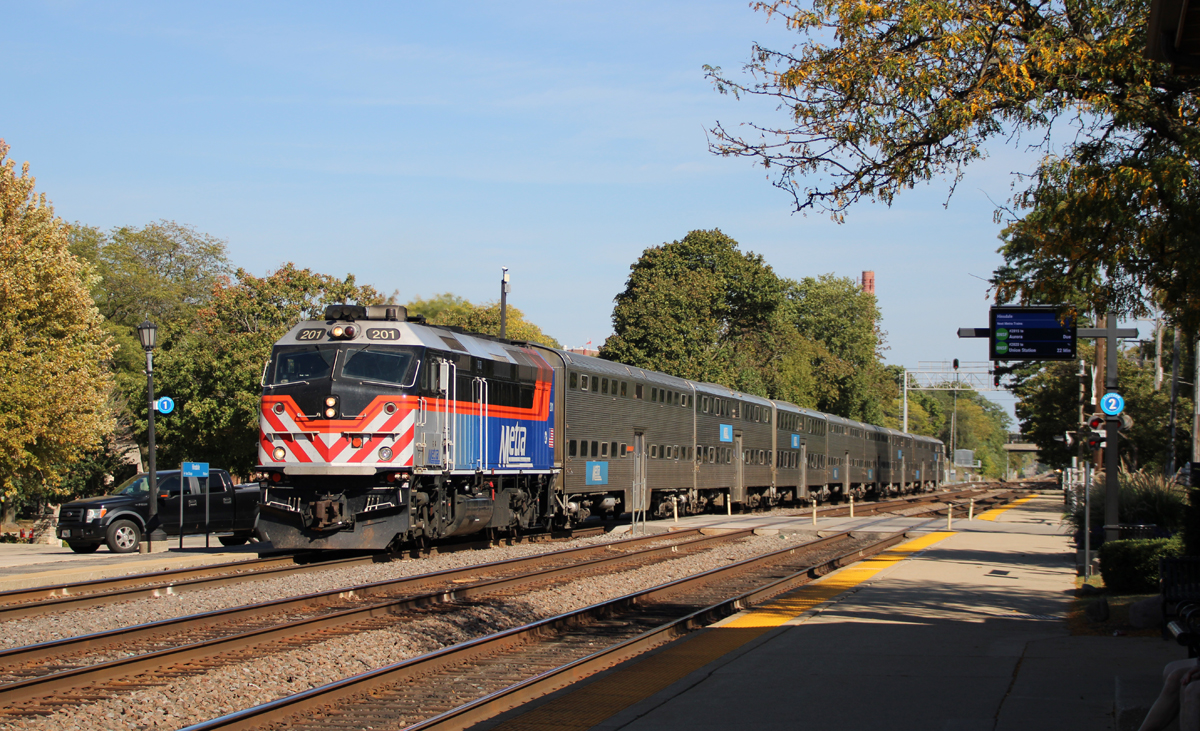
SPRINGFIELD, Ill. — A new proposal to fund Chicago’s transit agencies was introduced on Tuesday (Oct. 28) in the state’s House of Representatives. By Wednesday, it appeared to be dead.
Gov. JB Pritzker said at a Wednesday event that the bill was “not going forward” in its current form because he had issues with the funding methods, including a new tax on billionaires, a 7% entertainment tax on such items as tickets to concerts and sporting events, and a $5 surcharge on tickets for large events in the Chicago area. Buyers of those tickets would, in turn, be able to use the event tickets for public transit to the event. Wider use of speed cameras, which currently only exist in Chicago, was also part of the proposal.
Capitol News Illinois reports that Pritzker told reporters following a Wednesday meeting with farmers that the bill proposed by Rep. Eva-Dina Delgado (D-Chicago) “sprung a whole bunch of things that have never been seen before” which raised questions about the bill. The 4.95% tax on billionaires for unrealized gains on investment, he said, has “never been done before by any state. Never been done before by the federal government. …. you don’t even know how it would work or if you could actually collect on it.” He also called the speed cameras “a bad idea,” saying “there’s been corruption around them.”
Pritzker’s opposition makes it highly unlikely a solution can be found to the funding issues for the Chicago-area Regional Transportation Authority, and its components, Metra, the Chicago Transit Authority, and Pace, before the General Assembly’s six-day veto session concludes today. The state Senate passed its own bill to address transit funding at the conclusion of the regular legislative session in May with its own funding ideas [see “Chicago-area transit faces major cuts …,” Trains.com, June 1, 2025]. The House never considered that bill, with Delgado introducing her own legislation on Tuesday.
The RTA subsequently called for its agencies to develop budgets including a fare increase of at least 10%. Metra’s proposal calls for overall fare increases of about 13%, but would avoid service cuts that had previously been projected, and said it was avoiding those cuts through measures that have extended federal COVID relief funds longer than expected and otherwise provided savings [see “Metra budget for 2026 …,” Trains.com, Oct. 10, 2025]. The CTA proposed three different budgets; the “baseline budget,” which is what the agency would use if there is no legislative funding relief, calls for two rounds of service cuts, in August 2026 and February 2027.







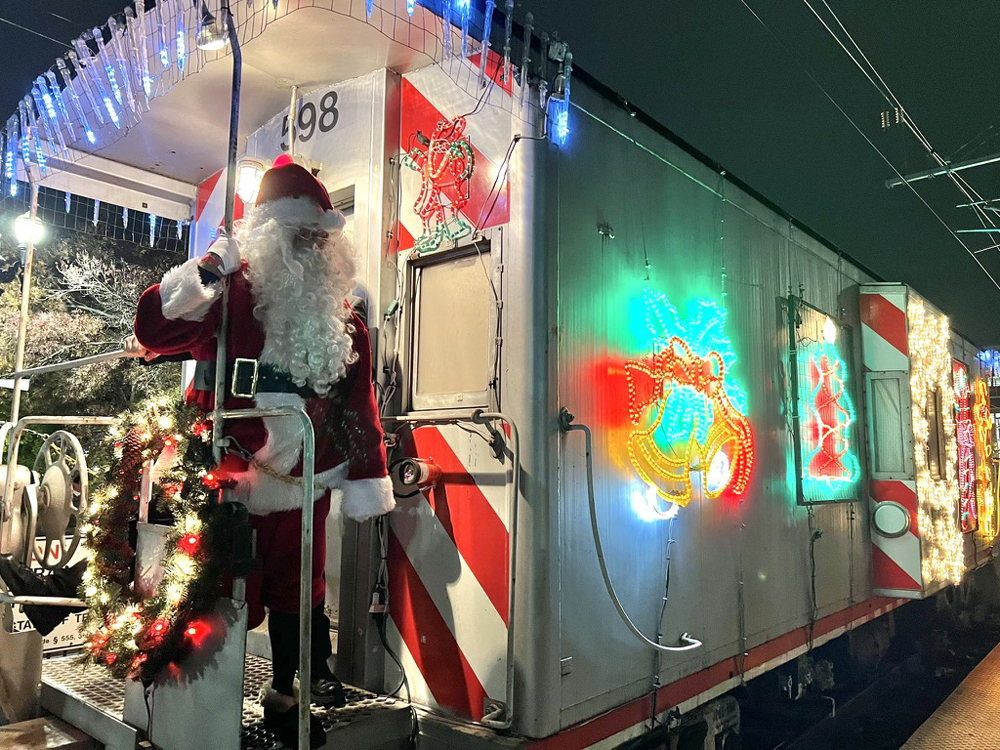
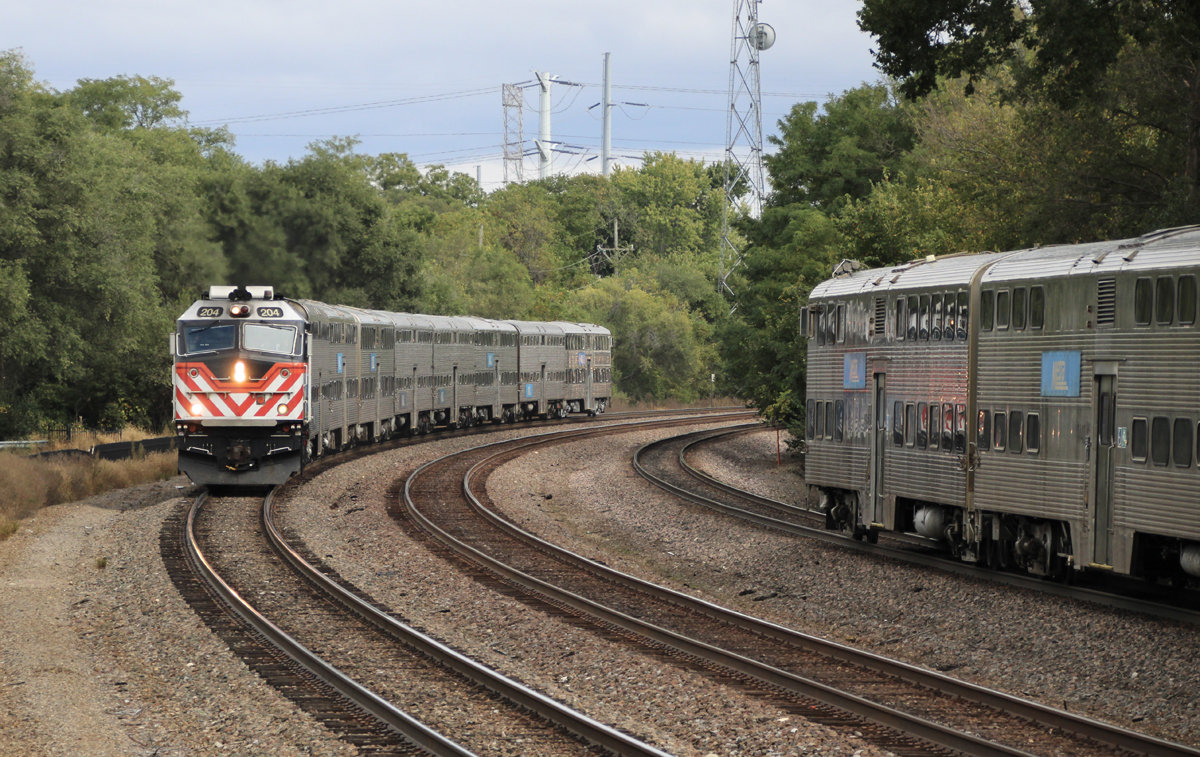
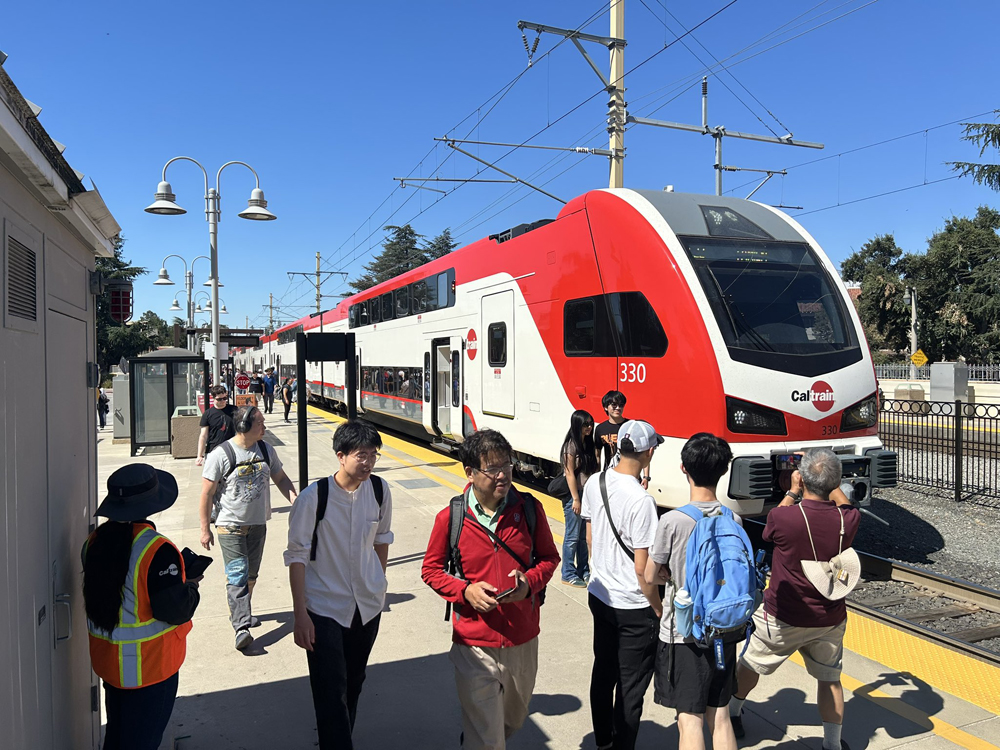
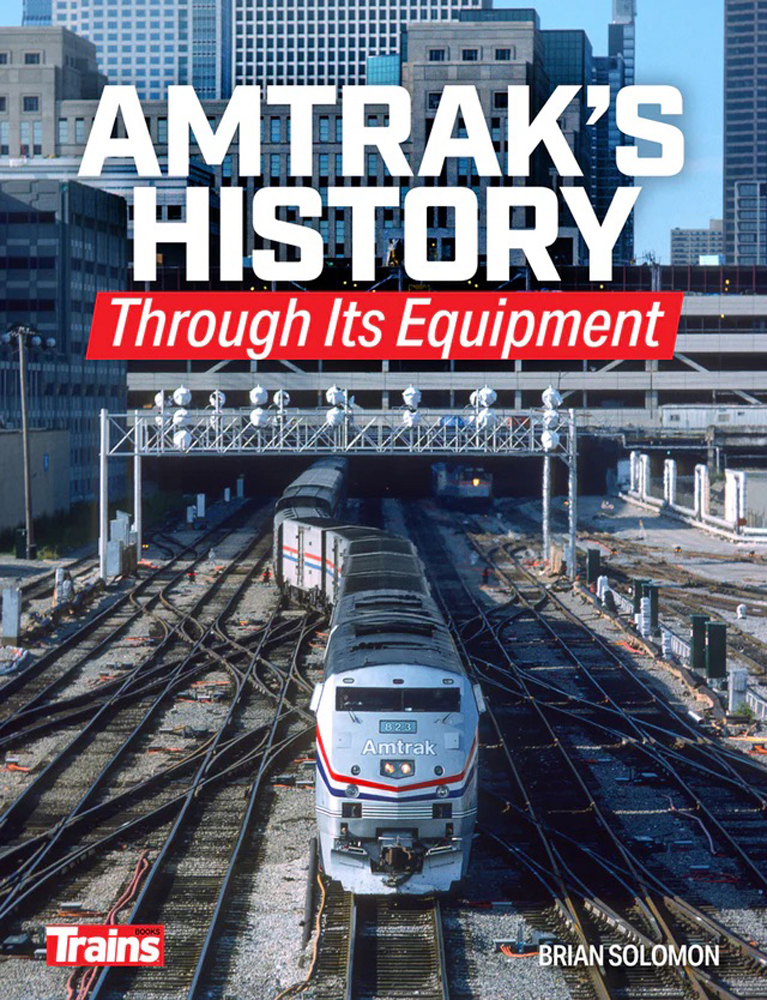
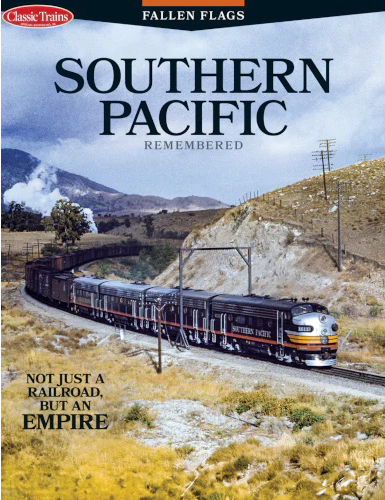

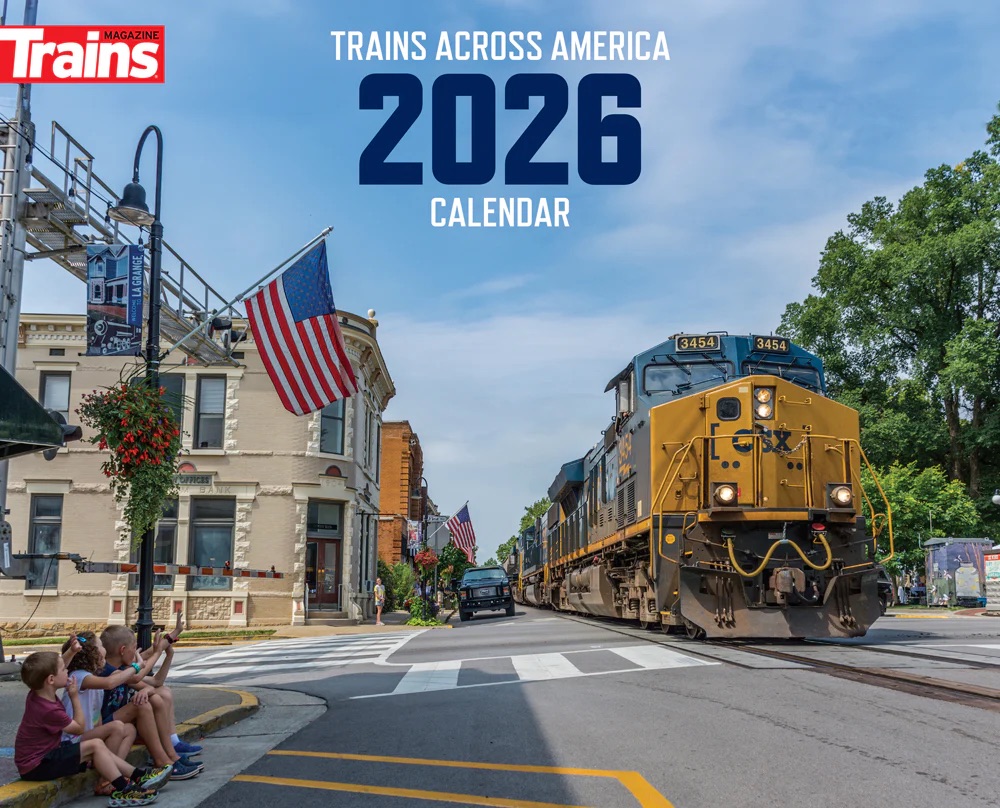
Prtizker advocating no tax increase on billionaires (of which he is one…) Funny but it sounds like he is running for President in 2028 Republican and not a Democrat, LOL! Pigs must fly…
From reading these comments, it sounds like tax subsidies for any public transportation system should stop and let the chips fall where they may. If it survives, great. If it doesn’t, so be it. It would probably be the end of public transportation. So what.
Raymond. I understand your point, and Thomas Keenan’s point below. I respect your opinions. For the record, that’s not what I advocate.
Sometimes I’m slammed on these comment pages for my love of air travel. Actually I ride more trains (local transit or Amtrak) than I fly airplanes. I support public transportation. I just don’t have a clue how to pay for it.
The solution is simple,let the users pay!
So sick of taxpayer shakedowns to subsidize mass transit.
In simple terms, the United States has a public transportation system we have no idea how to pay for. Stagnant or falling ridership doesn’t help. Many transit systems are carrying half the paying passengers of pre-COVID. In my own home area, Milwaukee County Transit System (buses), paying fare is essentially voluntary, and a bus with five riders (paying or otherwise) is an unusually heavy load.
Governor Pritzger is correct (for the first time in his political career and maybe the last). In America, you can’t tax unrealized capital gains. One reason against this is that when in a later tax year, the gains are actually realized, then they can’t be taxed. You can’t tax the same income twice.
Do I have a solution? No I don’t. But I can say this in my own defense. It wasn’t me that advocated COVID lockdowns and six-foot spacing and all that other ridiculous inane nonsense, which public transportation will never recover from. During COVID, I didn’t have the slightest, tiniest reluctance to board a train or an airplane. Yet people of a different political persuasion than me are still afraid, years later, of being in contact with other human beings. And they’re the ones (the liberals and the leftists and the commies) who call themselves humanitarians.
Charles – Correct me if my thinking is a bit fuzzy here, but when my property and school taxes go up because it has been judged that my property valuation has gone up, isn’t that taxing an unrealized gain? When I sell the property, I’ll still pay a tax that includes that gain.
While I’m at it, each day I read whatever articles of the Milwaukee newspaper on-line that aren’t behind the paywall (as I wouldn’t pay a nickel for a years’ subscription). Seems that the City of Milwaukee is getting antsy about the annual $4 Million operating subsidy of the nowhere-to-nowhere trolley that half the time is shut down for one reason or another. Seven or so years into service, its total passenger revenue is zero. Fare is free as few would pay to ride it. Milwaukee County, which runs the buses, wants nothing to do with it, sticking the trolley onto the city.
Here’s where the newspaper (if you could call it a newspaper) falls heavily onto its own bum. By not providing ridership numbers, the Journal Sentinel can’t analyze the true cost per rider. The annual O+M subsidy is $4 Million, but the true cost per ride would include amortization of the $70M capital cost for a system that’s not worth any of it. Pick a capital recovery percentage (say, 5% per annum), divide by the number of annual days of operation (if it operates), divide by the well-hidden number of riders, that’s the capital cost per rider.
Of which Mrs. L. and I each were one (free) round trip in seven years, mostly we avoid Milwaukee except the airport (which is in the city) and the Amtrak station. What was once the safest city in America is fast becoming a Jo’burg impersonator.
Very strong language Mr Landy – “And they’re the ones (the liberals and the leftists and the commies) who call themselves humanitarians.:
This is the problem with the politics of mass destruction. Neither side will compromise, so almost every level of government is in a constant war. Best example, the last federal shutdown because both sides would not get together in the same room and talk.
This is a good first step for Illinois. Residents and business are leaving the state in droves.
Maybe Pritzger may of been visited by the three ghosts of increased taxes and now realizes a new tax DOES NOT solve all problems.